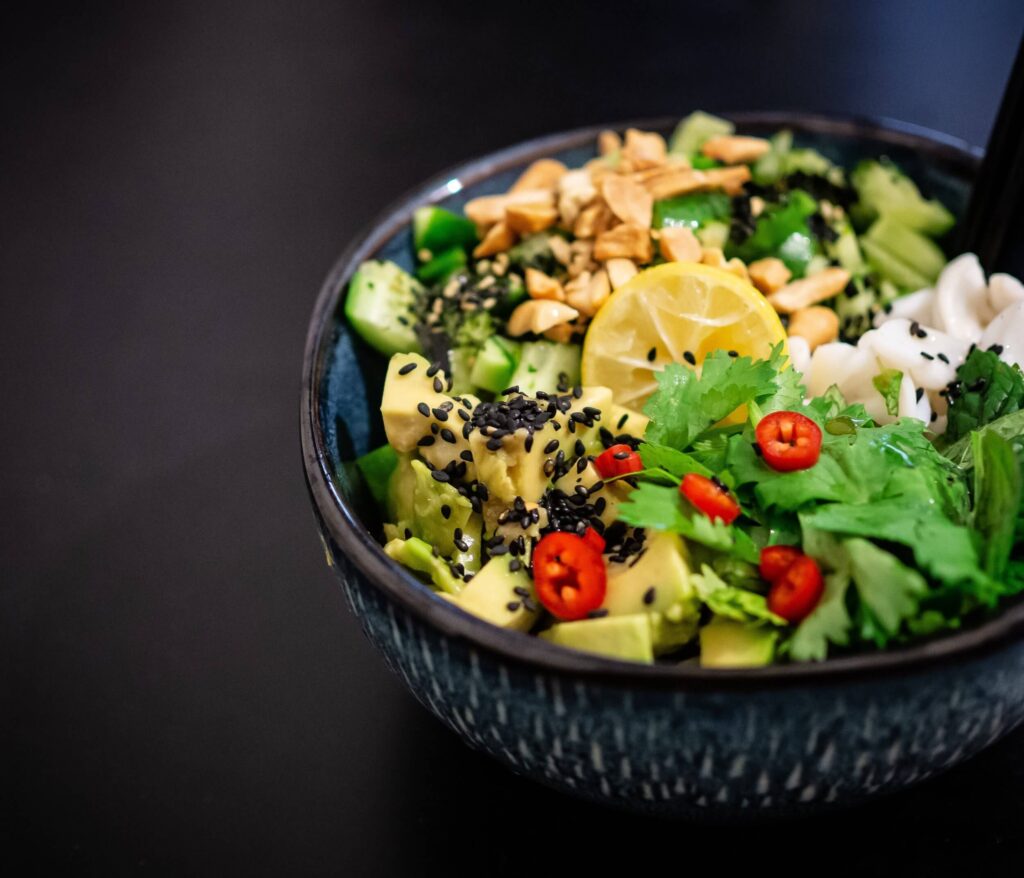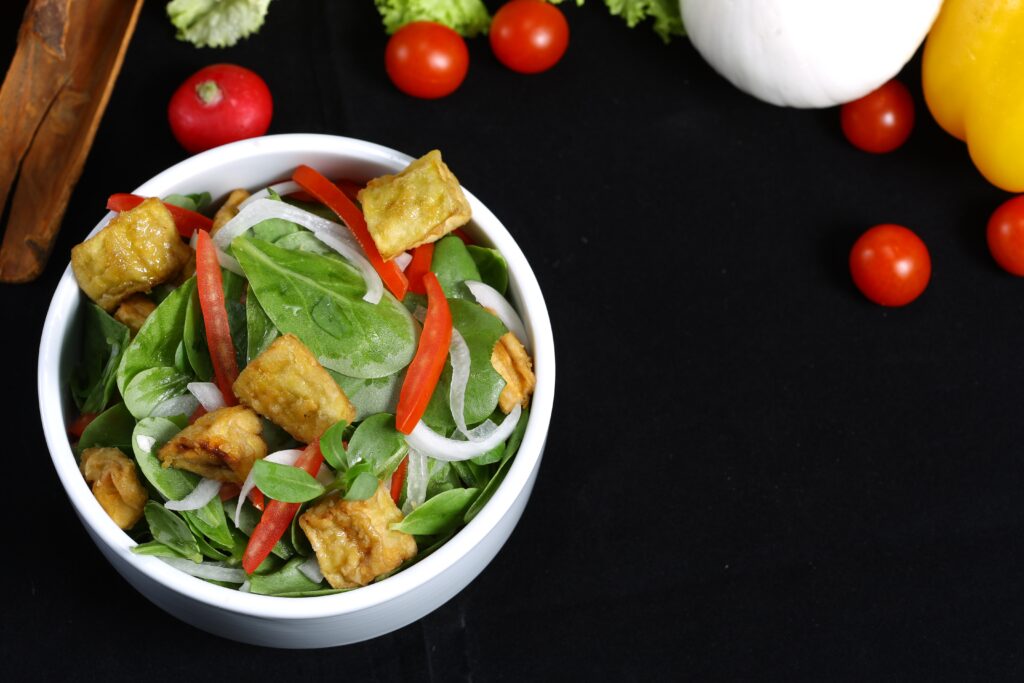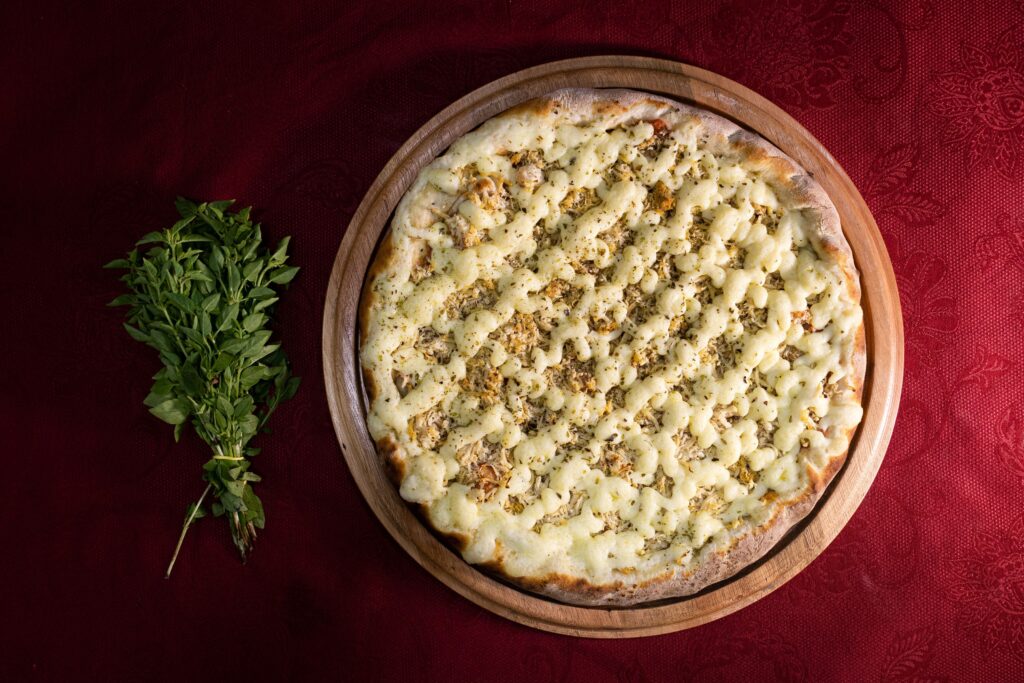The GOLO diet offers a short-term solution for weight loss by regulating insulin resistance over 30 to 90 days. With the promise of restoring hormonal balance, the diet was created by its parent company, GOLO LLC, in 2009. Apart from following a diet, which focuses on low glycemic foods to burn fat, catalyse metabolism, and improve insulin sensitivity, the company markets a complimentary supplement for the diet plan as an ‘essential’ component of the diet. There are perspectives both for and against the diet’s scientific validity. To this end, here’s everything you need to know about the GOLO diet.

Highlights
- The GOLO diet calls for the consumption of supplements along with meals comprising low glycemic foods and modest exercise,
- Many recommendations of the GOLO diet are in line with the USDA 2020-25 guidelines for weight loss,
- It is argued that the general encouragement of more fruits and vegetables and less sugar and processed food isn’t novel and doesn’t warrant the need for an ‘essential’ supplement.
What is the GOLO diet? How does it work?
The GOLO diet recommends the intake of three full meals, with food from carbohydrates, healthy fats, protein, and vegetables totalling between 1300-1800 calories a day. Broken down, each meal is meant to have two of the above four food groups identified by GOLO.
In addition, the GOLO supplement is expected to be consumed either before or after the meal. This supplement, called ‘Release’, claims to promote healthy weight loss by catalysing the metabolic process and moderating post-meal insulin levels. It also claims to increase energy and reduce anxiety, hunger levels, and stress.
With the GOLO diet, you can eat asparagus, berries and leafy greens as fruit and vegetables, brown rice or oatmeal as carbohydrates, white fish or lean pork as protein, and healthy fats like coconut or olive oil, almonds, walnuts, and chia, flaxseed, or hemp products.
One must keep certain restrictions and recommendations in mind when following GOLO. A goal of the diet is to cap calories and regulate meal portion size. It also calls for the elimination of processed foods and sugar. Moderate, 15-minute doses of exercise are recommended.
Can following the GOLO diet harm your body?
The scientific basis of focusing on meals comprising the whole, low-glycemic foods while restricting processed sugar and foods can be considered valid. Further, the USDA guidelines for a meal include a balanced combining of dairy, grains, fruits, protein, and vegetables in one’s plate.
The GOLO diet is a similar, more streamlined approach. It focuses on foods from a subset of the same “food groups” for a meal. Over the course of a day or more, the diet can fuel the body suitably with a certain breadth to food group choices.
Does adopting the GOLO diet lead to weight loss?
As per data collected by the Centers for Disease Control & Prevention (CDC), let us consider a typical American male who consumes 2475 calories every day. On the other hand, the typical American female consumes 1,833 calories based on the same data. The GOLO diet would reduce the man’s caloric consumption by 700 calories/day, and a woman may reduce hers by the lower margin of about 500 calories/day. This would align with Americans’ 2020-25 USDA (Department of Agriculture) weight loss guidelines. Similarly, for anyone consuming over a certain number of calories, adopting the GOLO diet can provide an anchoring benefit to eating a certain way.

What kind of foods can you eat during a GOLO diet?
The GOLO diet aims to fuel us with a daily calorie intake of 1300-1800 calories and up to two food groups per meal. This pool of food groups includes carbohydrates, healthy fats, protein, and fruits and/or vegetables. The idea behind the GOLO diet is to increase the consumption of natural, whole foods. Let’s take a look at some such foods found in a GOLO shopping list:
- Lean protein from chicken, pork tenderloin, or red meat
- A choice of fresh or frozen fish or seafood
- Cheese, eggs, milk, and yoghurt
- Whole grains like brown rice, oatmeal, or quinoa
- Legumes like black beans, chickpeas, or similar
- Fresh fruits, with an emphasis on berries
- Potatoes, sweet potatoes, and squash
- Fresh green vegetables such as asparagus, kale, zucchini and broccoli
- Nuts like almonds, cashews, and walnuts
The diet also discourages foods with added sugars, sweeteners, and even processed or refined food. This means a reduction in carbonated drinks, sweetened forms of caffeine, dessert or sweet items like cake, candy, cookies, or pies. Other foods on the restricted list include processed meat, like sausages, white bread, meat substitutes, and packaged foods such as chips or cookies.
Conclusion
The GOLO diet is a supplement-supported method of consuming three meals emphasising low-glycemic foods. It follows a simpler approach to the United States Department of Agriculture (USDA) meal guidelines which include consuming dairy, fruits, grains, protein and vegetables. The diet targets a daily consumption of between 1300-1800 calories a day, which can lead to lower body fat or weight.
These can come from a combination of natural foods with carbohydrates, healthy fats, fruits and vegetables, or protein. The GOLO diet restricts consuming sugar, sweeteners, and as processed and refined foods—be it chips, cookies, meat, or white bread.
Disclaimer: The contents of this article are for general information and educational purposes only. It neither provides any medical advice nor intends to substitute professional medical opinion on the treatment, diagnosis, prevention or alleviation of any disease, disorder or disability. Always consult with your doctor or qualified healthcare professional about your health condition and/or concerns and before undertaking a new health care regimen including making any dietary or lifestyle changes.
References
- GOLO Diet: Pros, Cons, and What You Can Eat (verywellfit.com)
- GOLO Diet Review – Forbes Health
- GOLO Diet for Weight Loss – Why Dietitians Say It Won’t Work (prevention.com)
- Will the GOLO Diet Help you to Lose Weight? (healthline.com)
- Low glycaemic index diets as an intervention for obesity: a systematic review and meta-analysis – PubMed (nih.gov)








